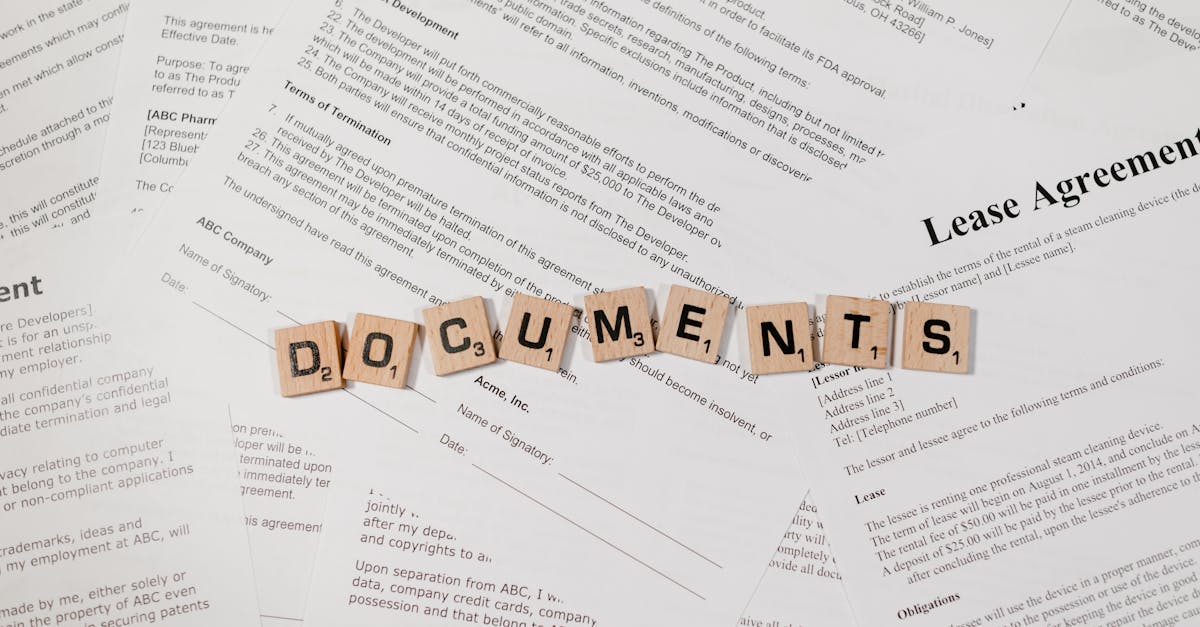
Introduction
When DSARs and audits arrive, the clock is against you: scattered emails, slow searches, and missed SLAs turn compliance into a firefight. Rising request volumes, tighter privacy laws, and higher auditor expectations mean HR, legal, and security teams need predictable, defensible processes — not ad‑hoc manual work.
In this post we show how to design storage and document automation around the lifecycle—intake, indexing, search, redaction and export—so requests are handled quickly and auditable end‑to‑end. You’ll find practical templates for verified intake, automated redaction workflows with approval gates, SLA‑driven routing and reminders, and audit‑ready evidence packaging built on a central cloud documents layer and measurable KPIs to keep SLAs honest.
Map the DSAR/audit lifecycle to storage architecture: intake, indexing, search, redaction, and export
Intake
Design the intake point as the single source of truth for all DSARs — a web form or ticket that captures requester identity, scope, jurisdiction and attachments. Store intake records in your cloud documents layer so every request is tied to cloud storage documents and metadata rather than ad‑hoc email threads.
Indexing & metadata
Use a schema that includes requester ID, scope terms, date ranges, custodians, and tags for sensitivity (PII, PHI, contractual). Index these fields into your cloud document management system so you can filter and export quickly. For online document storage like Google Drive or SharePoint, map folder and file metadata into your catalog.
Search
Implement full‑text and metadata search across your cloud file sharing endpoints. Optimize for low search latency by pre‑building search indices and using incremental crawls for cloud storage documents. Offer guided search templates for common DSAR scopes (employee records, billing, support logs).
Redaction
Chain automatic PII detection with manual review steps. Keep intermediate copies in secure, access‑controlled cloud document collaboration spaces and record every change in an immutable audit log. Consider client‑side or zero‑knowledge redaction for the most sensitive data.
Export
Provide export formats that auditors expect: time‑stamped ZIPs, WARC/JSON manifests, or eDiscovery packages. Ensure exports include metadata, hash values and the redaction audit trail so cloud document collaboration history can be validated.
Templates to capture DSAR intake with required identity verification and scope definitions
Essential fields
- Requester full name, contact, and relationship to subject
- Identity verification method used (government ID, two‑factor, employer validation)
- Scope: date range, systems (email, CRM, cloud documents, shared drives), types of records requested
- Legal basis, jurisdiction and any record exclusions
- Delivery preference and redaction tolerance
Identity verification options
- Upload government ID + manual cross‑check
- Federated login (SSO) with enterprise sources
- Verified email plus phone OTP
Template storage and reuse
Save these templates in your cloud document management system or document collaboration platforms (Google Drive/SharePoint). Keep a signed copy of any authorization — for health data, reference the HIPAA authorization form: https://formtify.app/set/hipaaa-authorization-form-2fvxa.
For default notification wording you can adapt, see this template: https://formtify.app/set/default-notice-letter-3dxtq.
Automated redaction workflows: PII detection, client-side redaction templates and approval gates
PII detection
Combine rule‑based patterns (SSNs, credit card formats, phone numbers) with ML entity recognition for names, locations and account IDs. Run detection in a staging index before applying redactions to live cloud documents.
Client‑side redaction
Where confidentiality is paramount, perform redaction client‑side so the raw data never leaves the endpoint. This reduces cloud documents security exposure and is useful when working with third‑party records or legal holds.
Redaction templates & approval gates
- Maintain reusable redaction templates (e.g., financials, HR, medical) stored with your document templates.
- Enforce an approval gate: automated redaction → reviewer confirmation → cryptographic sealing.
- Log reviewer identity, timestamp and reason for any change to the redaction.
Design these workflows to support cloud document collaboration without exposing underlying unredacted content through cloud file sharing or backup snapshots.
SLA automation: routing, reminders and evidence packaging templates for audit-ready exports
Routing and escalation
Automate routing based on jurisdiction, data type and custodian. Use rules to assign to teams (legal, HR, security) and to escalate when SLAs are near breach.
Automated reminders
Set automated reminders and deadline reminders that are tracked in the request record. Include escalation emails, calendar events and messaging alerts. Keep templates for each stage to standardize communication.
Evidence packaging
Prepare audit‑ready export templates that include:
- File manifest and hashes
- Chain of custody and access logs
- Redaction audit trail and reviewer approvals
- Compliance labels and jurisdictional notes
Make export templates available in your cloud document management tools so the package is reproducible for auditors. For vendor contractual evidence, reference your Data Processing Agreement template: https://formtify.app/set/data-processing-agreement-cbscw.
Playbook examples: employee data requests, vendor DPA audits and regulatory evidence packs
Employee data request playbook
- Intake: Validate identity (SSO + employee ID), capture scope and systems (payroll, HRIS, email).
- Search: Query cloud documents and email archives with scoped date ranges.
- Redaction: Apply HR template, run automated PII detection, reviewer approval.
- Export: Deliver encrypted package with manifest and timestamped audit log.
Vendor DPA audit playbook
- Pre‑audit: Use DPA and NDA templates (see DPA: https://formtify.app/set/data-processing-agreement-cbscw and NDA: https://formtify.app/set/non-disclosure-agreement-3r65r).
- Evidence collection: Pull contract, security posture documents, incident logs and cloud backup for documents.
- Packaging: Create an audit bundle with proofs of encryption, access controls and subprocessors.
Regulatory evidence packs
- Assemble jurisdiction‑specific packs (financial, health). For HIPAA contexts include signed authorizations: https://formtify.app/set/hipaaa-authorization-form-2fvxa.
- Include notice letters or formal communications where relevant — adapt templates such as this notice letter: https://formtify.app/set/default-notice-letter-3dxtq.
- For property or tenancy record examples, reference structured notices like eviction templates: https://formtify.app/set/eviction-notice—california-laws-7ym7w.
Monitoring & metrics: search latency, time‑to‑produce, redaction accuracy and compliance KPIs
Key metrics to track
- Search latency — median and p95 time to return results across cloud documents and cloud storage documents.
- Time‑to‑produce — end‑to‑end time from intake to delivery, measured per jurisdiction and per custodian.
- Redaction accuracy — precision and recall for automated PII detection, with periodic manual sampling.
- Compliance KPIs — SLA adherence, percent of requests audited, number of post‑delivery complaints.
Dashboards and alerts
Feed metrics from your cloud document management systems and document collaboration platforms into a central dashboard. Alert on SLA breaches, rising search latency or drops in redaction accuracy.
Benchmarks & continuous improvement
Target median search latency under 2s for indexed queries, time‑to‑produce dependent on scope (24–72 hours for typical DSARs), and automated redaction precision above 95% with continuous model retraining. Track trends and implement process changes when KPIs slip.
Where possible integrate monitoring with your enterprise content management and cloud document collaboration stack (e.g., cloud documents Google Drive, cloud documents SharePoint) so you see the full lifecycle rather than isolated artifacts.
Summary
Designing DSAR and audit handling around the intake → indexing → search → redaction → export lifecycle turns ad‑hoc firefighting into a predictable, auditable process. Using verified intake templates, pre‑built search indices, automated PII detection with reviewer approval, SLA‑driven routing and reproducible evidence packaging reduces turnaround time and risk while giving HR and legal teams a defensible trail. Centralizing assets in a cloud documents layer makes those steps repeatable, measurable and easier to monitor with KPIs. Ready to adopt templates and workflow examples for your team? Visit https://formtify.app to get started.
FAQs
What are cloud documents?
Cloud documents are files and their associated metadata that are stored and accessed over internet‑hosted services rather than on local drives. They typically support versioning, searchable metadata and collaborative editing so teams can manage records and evidence without duplicating copies.
Are cloud documents secure?
Cloud documents can be secure when you combine strong provider controls (encryption at rest and in transit, access controls, and audit logs) with your own policies like MFA, least‑privilege access and retention rules. For highly sensitive data, consider client‑side redaction or zero‑knowledge approaches so raw content never leaves your endpoints.
How do I move documents to the cloud?
Start with an inventory and mapping of sources, metadata and retention requirements, then use migration tools or scripted transfers that preserve timestamps and checksums. Test incremental migrations, index content for search, and validate chain‑of‑custody and access controls before decommissioning legacy stores.
Can multiple people edit cloud documents at the same time?
Yes—many cloud document platforms support real‑time collaborative editing with built‑in version history and conflict resolution. For audit‑sensitive activities like redaction, enforce review gates or temporary locks so changes are recorded and approved before export.
How much does cloud document storage cost?
Costs vary by vendor and depend on storage volume, API requests, egress, advanced features (search indexing, encryption, redaction tooling) and support tiers. Evaluate total cost of ownership by estimating monthly storage, expected access patterns, and any additional processing or compliance tooling you’ll need.





